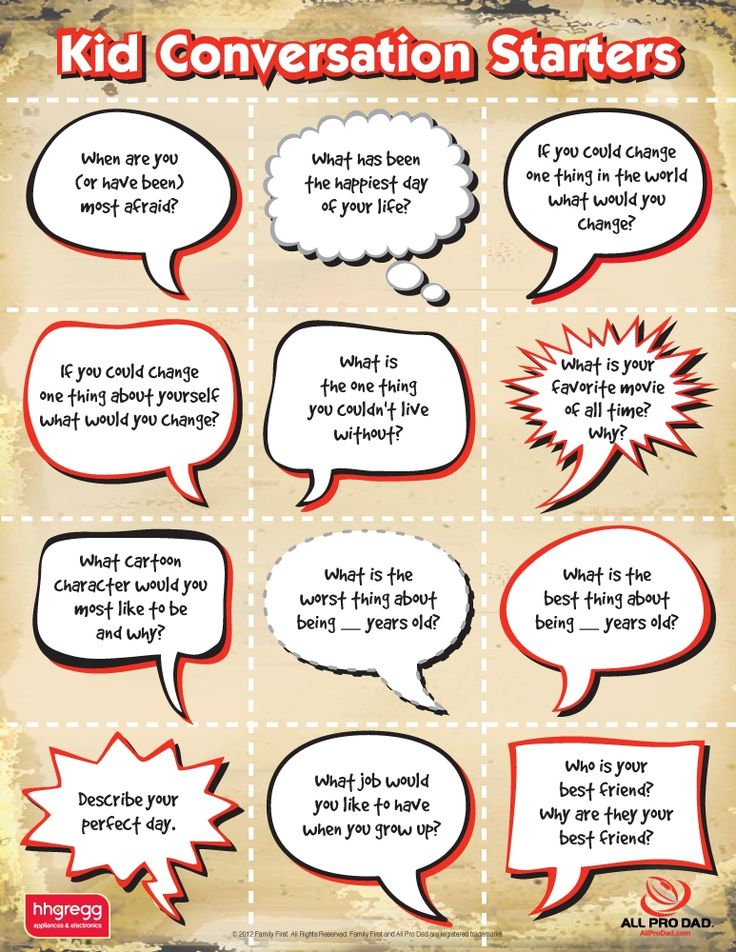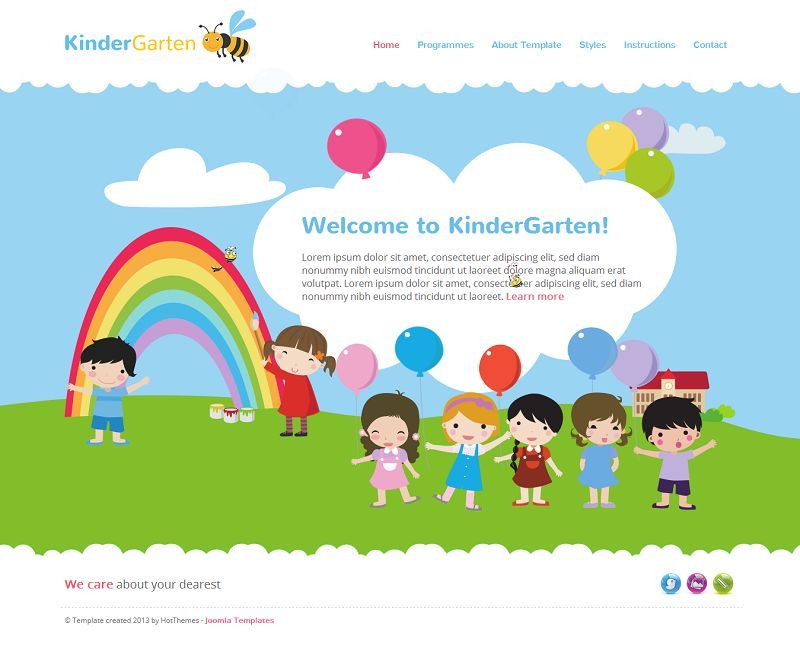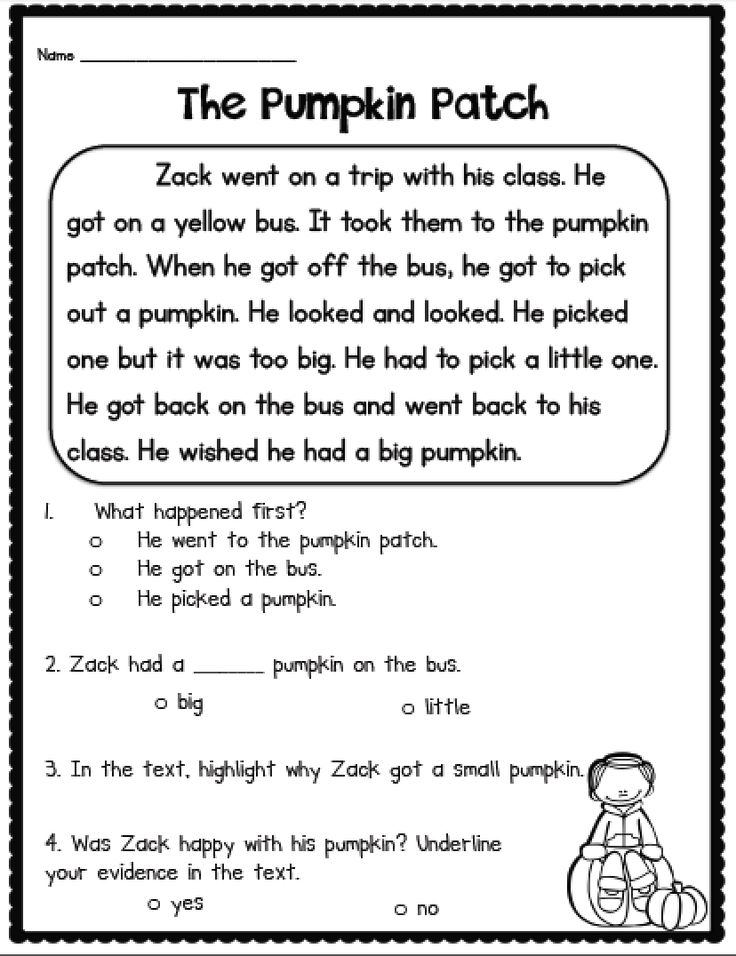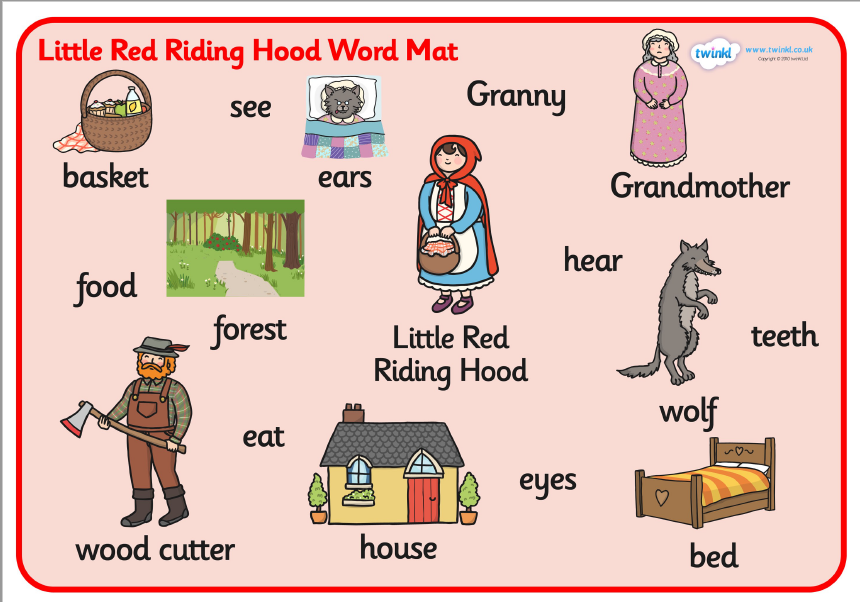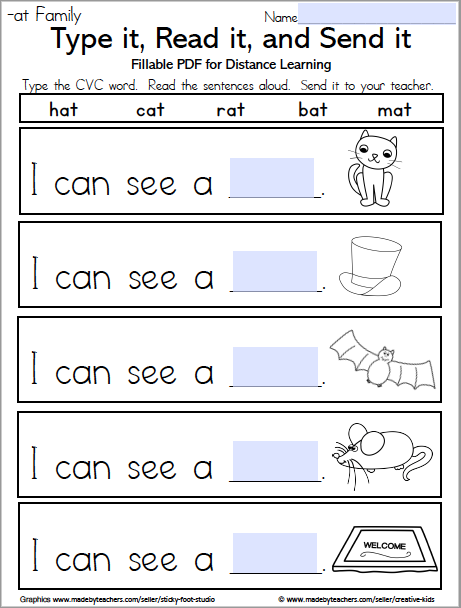Teaching phonics at home
How To Teach Phonics At Home with Montessori
3-5 years old learning to read with phonics montessori reading program pre-reading activities
How can I teach phonics at home with my preschooler?Although phonics is the evidence-based approach to teaching reading, there’s still a gap between reading instruction in schools and the science of reading.
This is why you need to think twice about HOW your child will learn to read, especially if your local school is teaching the outdated “whole language” approach that’s based on a theory of reading that’s been debunked by cognitive scientists.
With just a few minutes a day, you can set up your preschooler for success with learning to read by teaching phonics at home.
My gentle, child-led approach focuses on indirect preparation.
Even though I talk about "teaching your child to read", it's really about providing opportunities for children to teach themselves. I don't believe in putting pressure on 3 or 4 year old children to start reading before they are developmentally ready!
Keep reading to learn the 4 steps in the learning sequence to teaching phonics at home using hands-on Montessori activities.
It’s important to understand the steps from pre-reading to early reading. That way you you’ll be able decide quickly whether or not your child is ready for a specific activity that you find on Pinterest.
What does phonics mean?Before we get into HOW to teach phonics, let’s start with a definition of phonics. You may have heard the term “phonics” before without really knowing what it is.
So, what exactly does “phonics” mean?
Phonics is the method of teaching reading and writing through explicit instruction of the code between speech sounds and written symbols.
The alphabet letters in English are written symbols that represent speech sounds. We can communicate through writing because we’ve all agreed that a certain letter or combination of letters represents a single sound in our spoken language.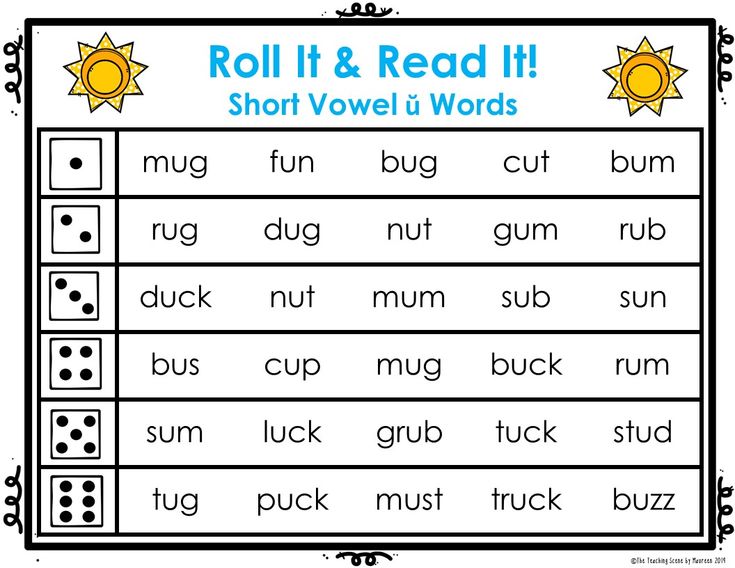
Individual speech sounds are called phonemes and the written symbols that represent those sounds are called phonograms.
A phonogram can be a single letter or a combination of letters. For example, when we say the word “cat” and then write it on paper, the speech sound /c/ is represented by the letter “c”, the speech sound /a/ is represented by the letter “a” and the speech sound /t/ is represented by the letter “t”. It’s easy to read the word “cat” when you know the sound that each letter represents!
Learning to read and write in English is a bit more complicated than other languages because there are more than just the phonemes that correspond to the 26 alphabet letters.
There are about 44 unique speech sounds in the English language, and some of them have multiple spellings! For example, the long a vowel sound can be spelled as a (acorn) and also ai (train), a_e (cake), ay (play), ei (vein), eigh (eight) and ea (break).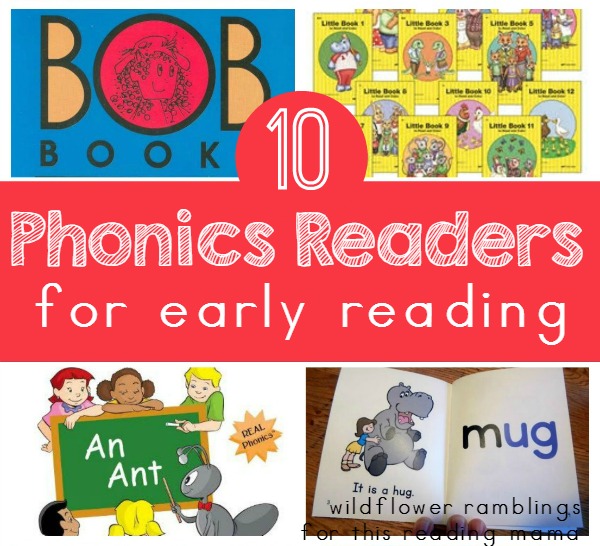
To have a solid foundation for reading, your child needs to learn about 70 phonograms. Of course, we don’t overwhelm children by teaching all 70 phonograms at the same time!
We want to first start with basic phonics. This means that you’ll first focus your sound-letter association activities on teaching the alphabet letters that represent the short vowel sounds and hard consonant sounds.
Then you’ll layer on the other common phonograms such as ai, sh, ee, ch, ou, etc to cover advanced phonics. Over time, you’ll draw attention to the various spellings of the 44 unique speech sounds.
Why phonics is important.It’s important for your preschooler or kindergartener to learn phonics for two main reasons.
- Your child will know which letters to use when writing words.
- Your child will be able to decode words never seen before.
In fact, a good way to assess your child’s knowledge of phonics is to invite him or her to write or read nonsense words such as gax, baj, steck, vaith and strone.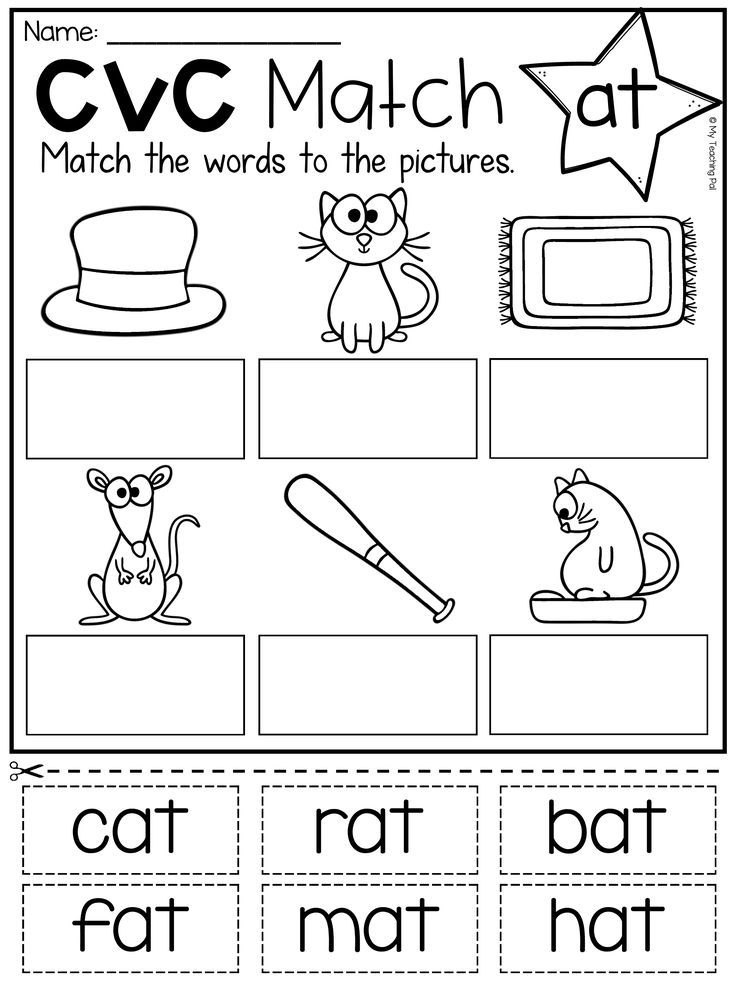
A huge advantage of teaching phonics is that your child won’t need to memorize long lists of words!
This is because most words you’ll find on high-frequency word lists or sight words lists can actually be sounded out easily by children who have knowledge of the phonetic code.
Children who learn phonics also don’t need to guess at words by looking at the picture or the first sound of the word, and they don't need to skip any words in a sentence. These are the strategies of struggling readers who don’t have a solid foundation in phonics.
Teaching phonics step by step with your preschooler.Here’s the step-by-step overview of the learning sequence for teaching phonics at home with your preschooler that I teach inside The Playful Path to Reading™.
You can sign up to watch my FREE CLASS that walks you through this 4-step method to teach reading at home. You'll learn the 3 biggest mistakes to avoid and you'll pinpoint where your child is at in the learning sequence.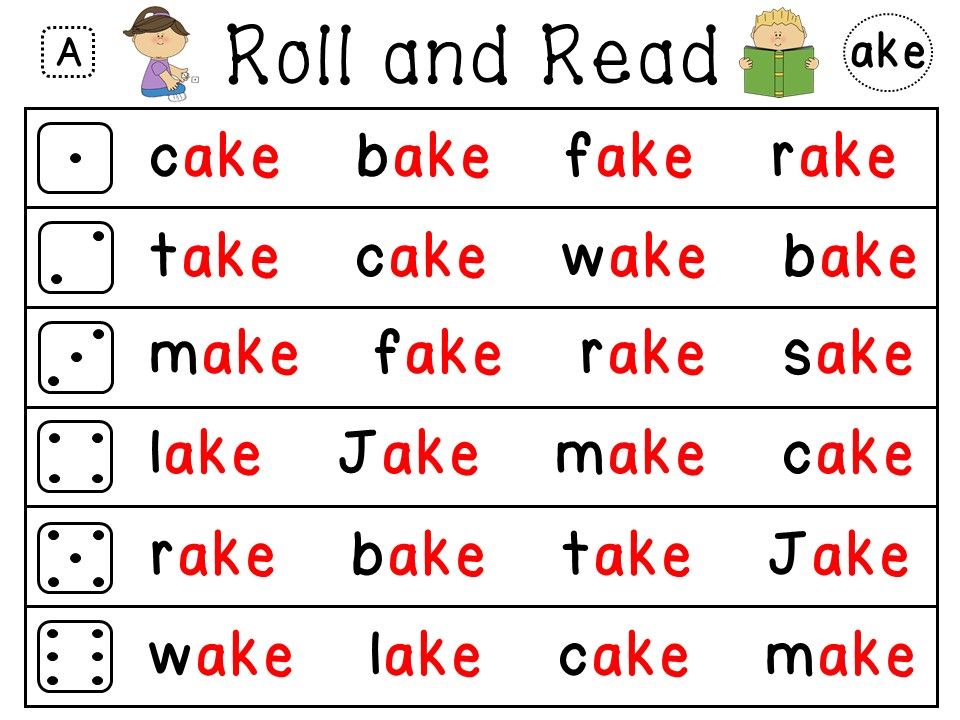
The first three steps develop pre-reading skills. These activities offer indirect preparation for reading. We’ll use language objects, sandpaper letters and a moveable alphabet to develop all the skills needed to learn phonics — without any worksheets or crafts!
STEP 1: Develop Phonemic Awareness
The first step to teaching phonics is to play "sound games" when your child is around 3 years old to help your preschooler develop phonemic awareness.
Phonemic awareness activities involve NO letter symbols!
The focus is just on drawing attention to the individual speech sounds (phonemes) in spoken words. That will prepare your child to understand that letters are symbols that represent speech sounds.
It's important not to skip this step because phonemic awareness is the best predictor of how well children learn to read.
"Without phonemic awareness, phonics is harder to learn.In other words, phonemic awareness is something that should be taught before phonics — or at least early in the phonics sequence — so children receive maximum benefit from their phonics instruction.
” (2005 National Reading Panel Report)
STEP 2: Associate Speech Sounds and Letter Symbols
The second step to teaching phonics is to help your child connect the speech sounds in spoken words with the letter symbols of our written language.
At this point, your preschooler will already be able to identify at least the beginning sounds of spoken words.
Having already developed some phonemic awareness, the letter symbols will have meaning for your child. Your preschooler will be able to draw on that knowledge to make sense of letter symbols.
Sound-letter association games using Montessori sandpaper letters develop visual, muscular and auditory memory to learn basic and advanced phonics.
STEP 3: Use Phonics Knowledge to Build Words
The third step to teaching phonics is to show your child how to put speech sounds (represented by letter symbols) in a row to make words using a Montessori moveable alphabet.
This "writing before reading" step allows children to use their existing phonics knowledge to communicate ideas through print without any pressure to read what they have written.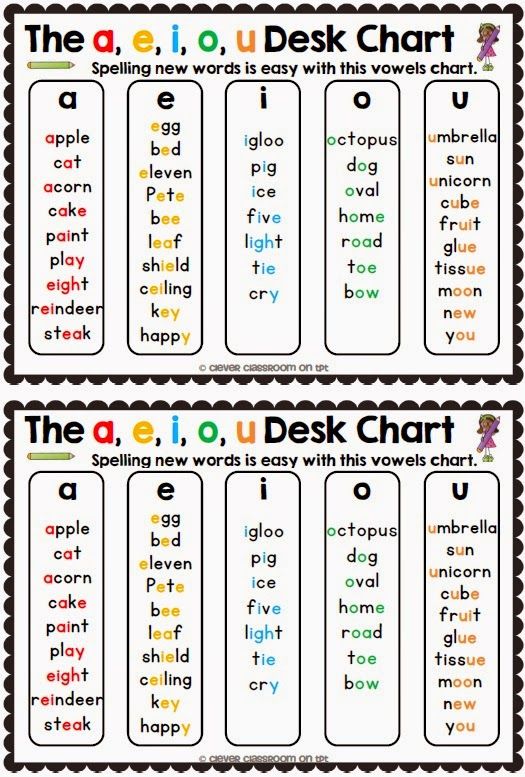
Often children are ready to build words before the pencil grip has developed, so we’ll use a Montessori moveable alphabet instead of pencil and paper.
Your child can just focus on finding the Montessori moveable alphabet letters needed without worrying about having to write any letters with a pencil. This takes the pressure off!
STEP 4: Use Phonics Knowledge to Decode Words
Most children will discover their ability to read through the process of building words! Your child is now ready to develop decoding skills through practice reading words, phrases and then sentences.
Once your child has begun reading words using phonics knowledge, you can encourage your child to memorize some sight words to boost reading fluency and then introduce decodable readers that require knowledge of basic and advanced phonics.
Quick Summary: How to Teach Phonics at HomePhonics is the method of teaching reading and writing through explicit instruction of the code between speech sounds and written symbols.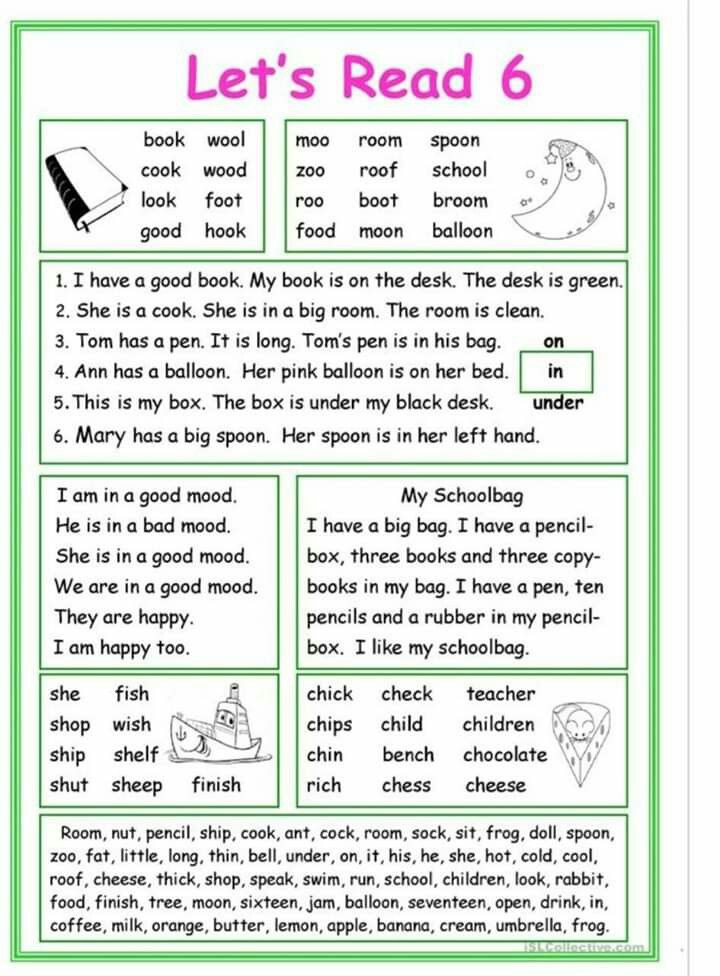 Research supports using phonics over the whole language approach.
Research supports using phonics over the whole language approach.
There are 4 steps in the learning sequence from pre-reading to early reading using hands-on Montessori activities.
- Develop phonemic awareness.
- Associate speech sounds and letter symbols using Montessori sandpaper letters to learn the phonetic code.
- Use existing phonics knowledge to build words using a Montessori moveable alphabet.
- Practice reading words, phrases and then sentences.
It’s important to understand the big picture so that you’ll be able to decide very quickly whether or not your child is ready for an activity that you find on Pinterest. That way you can be reassured that you're not putting any pressure on your child to learn to read before he or she is developmentally ready.
How to Teach Phonics at Home
Tips to Teach Phonics at Home
Teach Yourself First!
You might be thinking, “Why would I ever have to teach myself phonics? I already know how to read and write!” The truth is, the more you know about phonics, the more effective you will be at teaching your little one about them!
Read about phonics, watch videos about phonics, or talk to other people about phonics.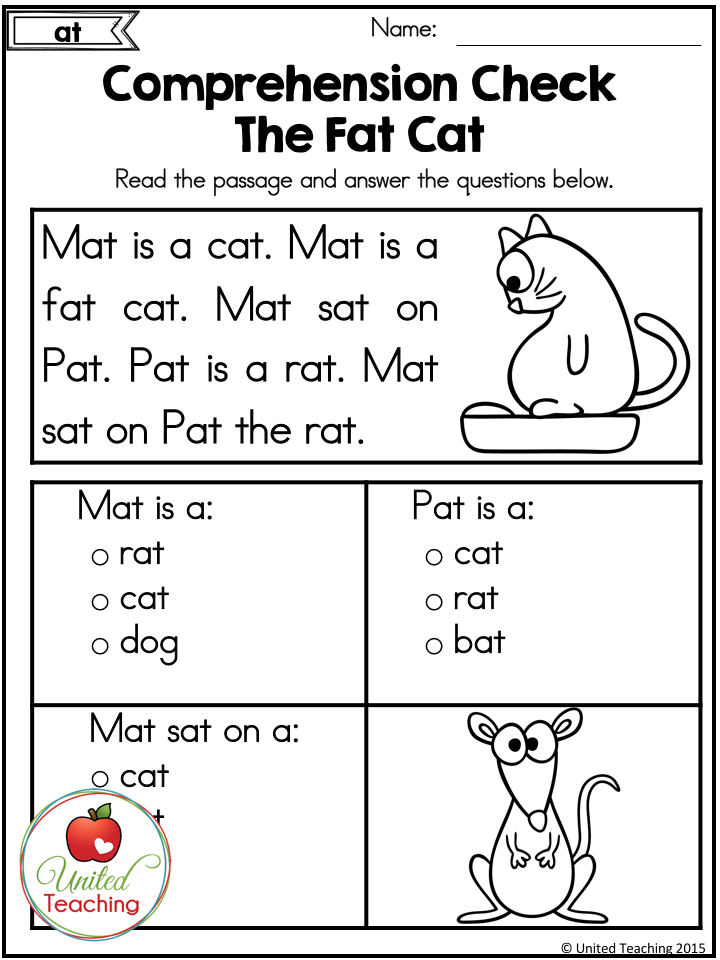 Whatever method you can get your hands on to learn more about phonics will help you become a more effective teacher for your child.
Whatever method you can get your hands on to learn more about phonics will help you become a more effective teacher for your child.
Start with the Easy Stuff
Research suggests that the most effective form of phonics for teaching your child to read and write is through systematic phonics. These findings mean that you would start your child’s journey to learning about phonics with the simplest methods first and eventually work your way up to harder and harder methods as your child’s skills progress.
Make it a Game
We all have better learning experiences when we are having fun. If you set a negative vibe when teaching your child about phonics, there is no way they will be open to learning. Making the learning process fun and enjoyable for your child will be highly beneficial to encourage them to learn. One of the most effective ways to make learning fun is to turn it into a game. There are many different ways you can do this. A few great ideas for learning phonics in a more fun way include:
What starts with “A”?
Take your child for a walk around their neighborhood, asking them to point out everything they see that begins with an ‘A’ sound.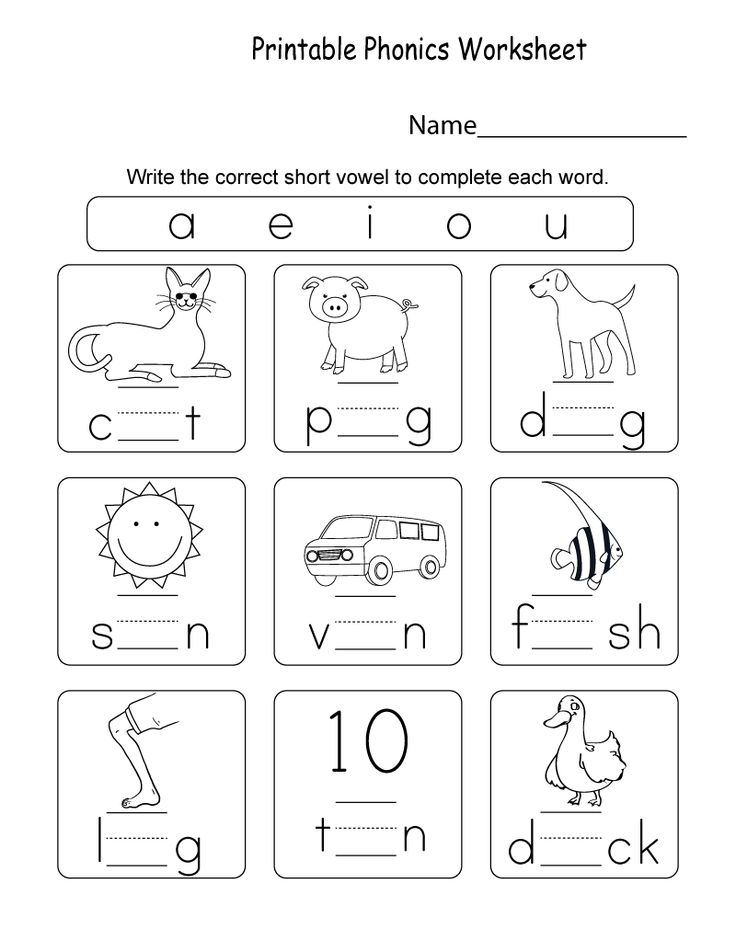 You can continue this game all the way down the alphabet, allowing your child the opportunity to explore each different letter and sound fully while in the familiarity of their own home and neighborhood.
You can continue this game all the way down the alphabet, allowing your child the opportunity to explore each different letter and sound fully while in the familiarity of their own home and neighborhood.
What ends in “-at”?
Take your child on a journey around the house and neighborhood. On this walk, ask your child to find objects that end with the same sounds. For instance, you can ask your child to find objects that end with the sound “-at.” . On their walk, your child can point out objects like a cat or hat.
Magnetic Letters
Gather some magnetic letters for your child. As they group the letters, ask them to sound out the words they are creating.
Card Games
There are tons of phonics card games you can create or purchase at the store that make learning phonics fun! If you want to make some at home, you can simply draw the letters in bold lettering on a piece of paper and have your little one color and decorate the letter to make it more enjoyable to learn with. Your child can practice sounding out the letters as they decorate them.
Your child can practice sounding out the letters as they decorate them.
Keep it Short and Sweet
Children aren’t known for having the longest attention spans. They are curious creatures who want to explore their world right now. Keeping the time you spend teaching your child about phonics will ensure that they can concentrate through the lesson.
Read, Read, Read
One of the best ways for teaching your child phonics is to read to them over and over again. If your child has a favorite book, reading and re-reading it will prove to be even more valuable to them than reading a new book every time. As your child remembers the story, they will learn about the sounds of the letters placed throughout the book.
Work to Boost Your Child’s Comprehension
Placing a meaning behind different words, letters, and sounds will help your child remember their phonics more effectively than if there is no meaning. Pointing to objects throughout your day and sounding them out for your little one or trying out some of the games mentioned above will be a great way to boost your child’s comprehension of phonics.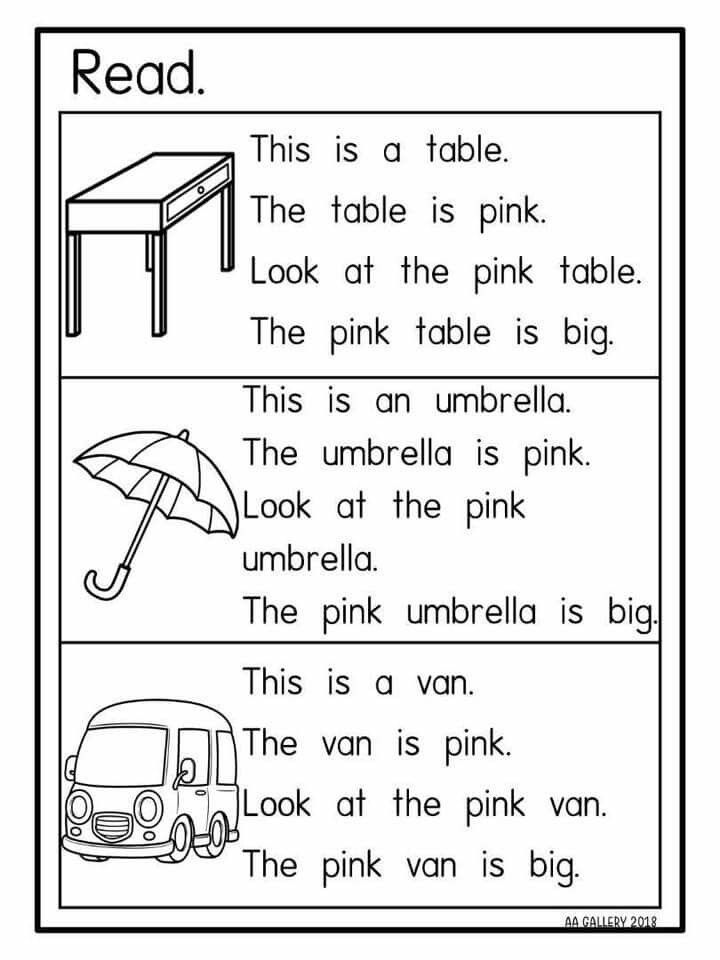
Conclusion
Phonics has been proven time and time again to be extremely effective in teaching your child to read and write. Every moment of the day is an excellent opportunity for your child to learn more about phonics. You would probably have a better idea on how to teach phonics at home. Get creative and have fun with your child as they develop more advanced reading and writing skills right before your eyes!
Teaching phonetics at the initial and secondary stages of education
Teaching phonetics at the initial and secondary stages of education
Phonetics is a branch of linguistics that studies the sounds of speech and sound structure of the language. You can learn to master the sound side of the language in any age, so it is necessary to pay attention to it already at the initial stage secondary school. Primary school age, according to numerous teachers and psychologists is a very important step. Children of this age have high perceptiveness, which makes it easier for them to assimilate the material, also many of them have an interest in new, including a foreign language, here The main thing is to be able to maintain and increase motivation.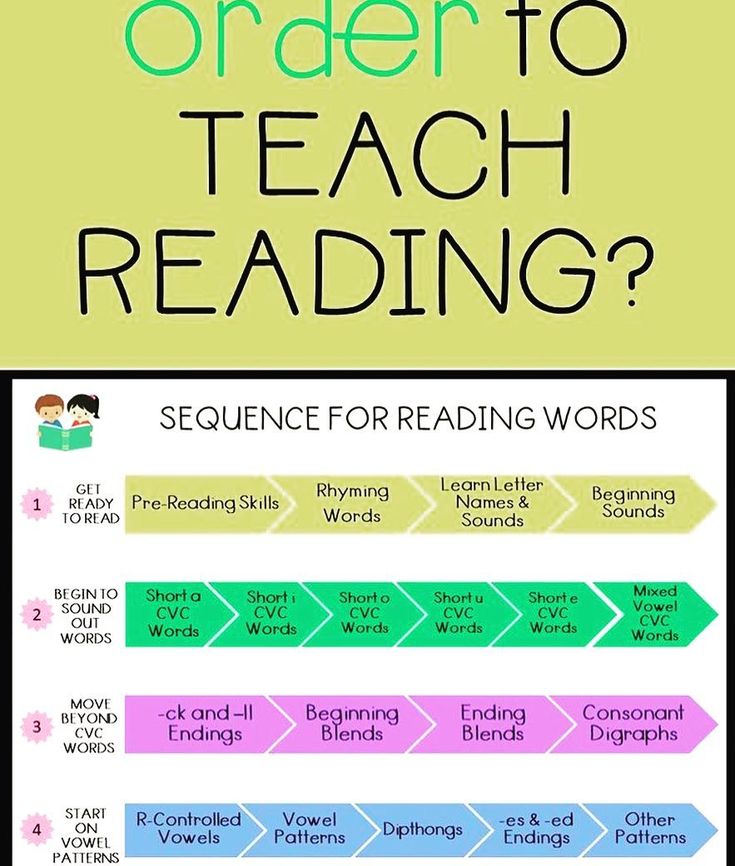 GEF standards carry communicative orientation, individual approach, which gives great opportunities for instilling the interest and desire of the child to learn a foreign language. Many students are so passionate about the subject that they continue to study and to improve a foreign language all my life, making it not only a hobby, but also area of professional interest. Child's success in learning a foreign language language at the initial stage of education, in particular in the development of phonetics, in many respects depends on the professionalism of the teacher, his ability to independently correctly play sounds. However, I have a number of questions:
GEF standards carry communicative orientation, individual approach, which gives great opportunities for instilling the interest and desire of the child to learn a foreign language. Many students are so passionate about the subject that they continue to study and to improve a foreign language all my life, making it not only a hobby, but also area of professional interest. Child's success in learning a foreign language language at the initial stage of education, in particular in the development of phonetics, in many respects depends on the professionalism of the teacher, his ability to independently correctly play sounds. However, I have a number of questions:
1) What is the essence of teaching phonetics?
2) How to determine the most favorable conditions for language learning start, and suitable methods?
3) How to identify barriers that may arise when learning phonetics?
Having answered these questions, I am going to identify suitable means to eliminate difficulties and fill gaps in knowledge of phonetics at students.
The main goal of teaching phonetics in elementary and secondary schools is the formation of phonetic or auditory-pronunciation skills.
Hearing-pronunciation skills are divided into:
- auditory, which involve the formation of actions and operations to recognize individual phonemes, words, semantic syntagmas, sentences;
- pronunciation skills - involve the ability to correctly articulate sounds and combine them into words, phrases, sentences. This requires the ability to place stress, use pauses and intonation;
- rhythmic intonation skills are knowledge of logical and expressive patterns of stress and intotones. It is this group of skills, and more precisely, their absence betrays us as foreigners. Practice shows that it is easier learn how to pronounce sounds correctly, than how to intonate correctly. So Thus, one of the most important prerequisites for communication is the development auditory-pronunciation skills, or the ability to perceive and correctly associate an audible sound or intooneme with its corresponding meaning, and produce sounds and intotones corresponding to certain meanings.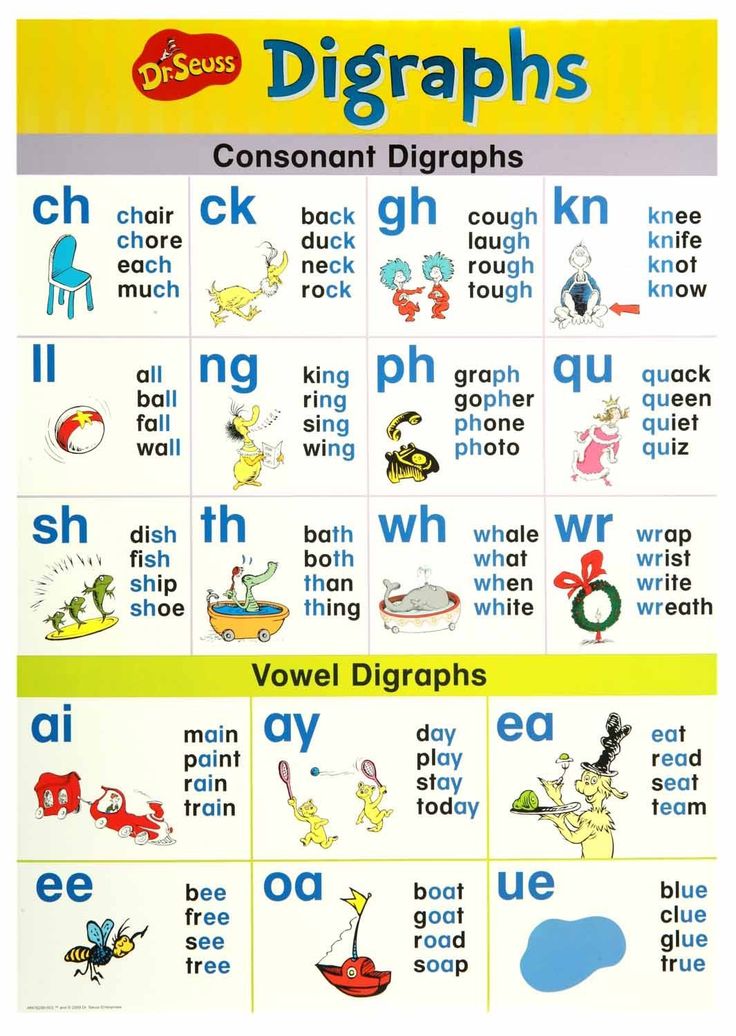
Violation phonetic correctness of speech, incorrect sound and intonation its design by the speaker leads to misunderstandings and misunderstandings on the part of listener. The most common causes of phonetic errors are: reasons:
- replacement of one phoneme by another: table - cable;
- as a result of incorrect syllable division: a name - an aim;
- as a result of incorrect stress: ‘import - im’port;
- as a result of using a different tone instead of the required one: peremptory Sit down (high fall) instead of the polite Sit down (low rise).
Teaching phonetics in general is an auxiliary character and is subject to the development of speech skills. The question arises as to whether whether to concentrate work on pronunciation at the initial stage or to conduct it in throughout the entire period of study.
Initially, as I have already emphasized, they are laid basics of speaking, listening and reading. Working on pronunciation is an indispensable element in teaching a foreign language and is an intensive character. The development of listening and pronunciation skills should occur along with learning of language material. The sequence of introduction of sounds reflects functional approach: the first to master those sounds that are needed for pronunciation of the first structures, as well as the most frequent sounds, which allows quickly include structures and vocabulary in speaking and listening.
The development of listening and pronunciation skills should occur along with learning of language material. The sequence of introduction of sounds reflects functional approach: the first to master those sounds that are needed for pronunciation of the first structures, as well as the most frequent sounds, which allows quickly include structures and vocabulary in speaking and listening.
Average task stage - to prevent deautomatization of auditory-pronunciation skills, to maintain the achieved level their formation. To do this, when working on language material, you need to focus students' attention on the phonetic side of speech. Phonetics separate stages of the lesson are assigned, at which phonetic training or phonetic exercises are carried out. It does not have a fixed place in the lesson, it depends on sequence of performing those tasks where students may encounter phonetic difficulties that the teacher must anticipate and help students to avoid.
Phonetic skill - the ability to pronounce sounds correctly, to put stress where necessary; pronounce everything intonation correctly, etc.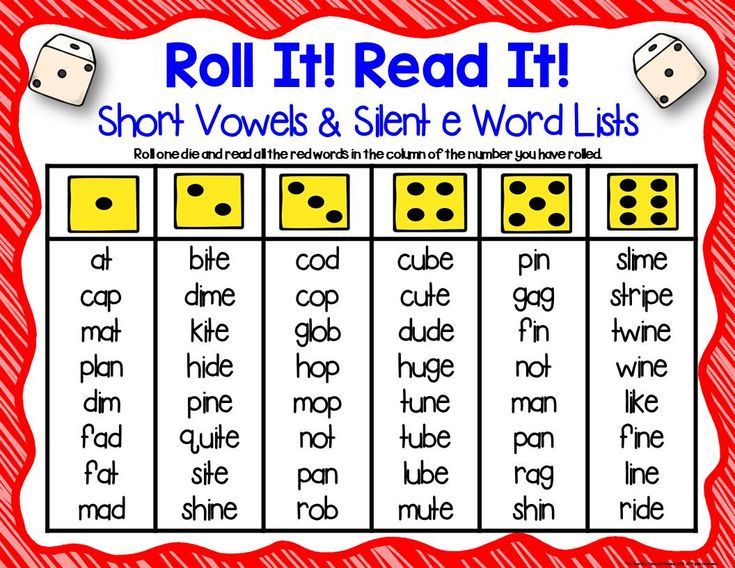
Two methods are known the main approaches in teaching this aspect of the language. Modern methods training is based on a combination of these two methods. Let's take a closer look at them in detail.
Articulatory an approach.
According to this method there are three main groups of phonemes:
-- Coinciding in both languages
-- Mismatched
-- Partially matched
Most difficult to assimilation are the last two groups, with overlapping are the most difficult to grasp. Mastering their articulation is enough difficult task due to the fact that hearing the difference in their pronunciation for The untrained ear is a challenge. This applies to consonants and vowel sounds.
As for "thorns", then one of the most popular British phonetic courses and called "shiporsheep", which translates to "ship or sheep."
In addition to longitude and brevity, when working with English sounds, you need to pay attention to diphthongs.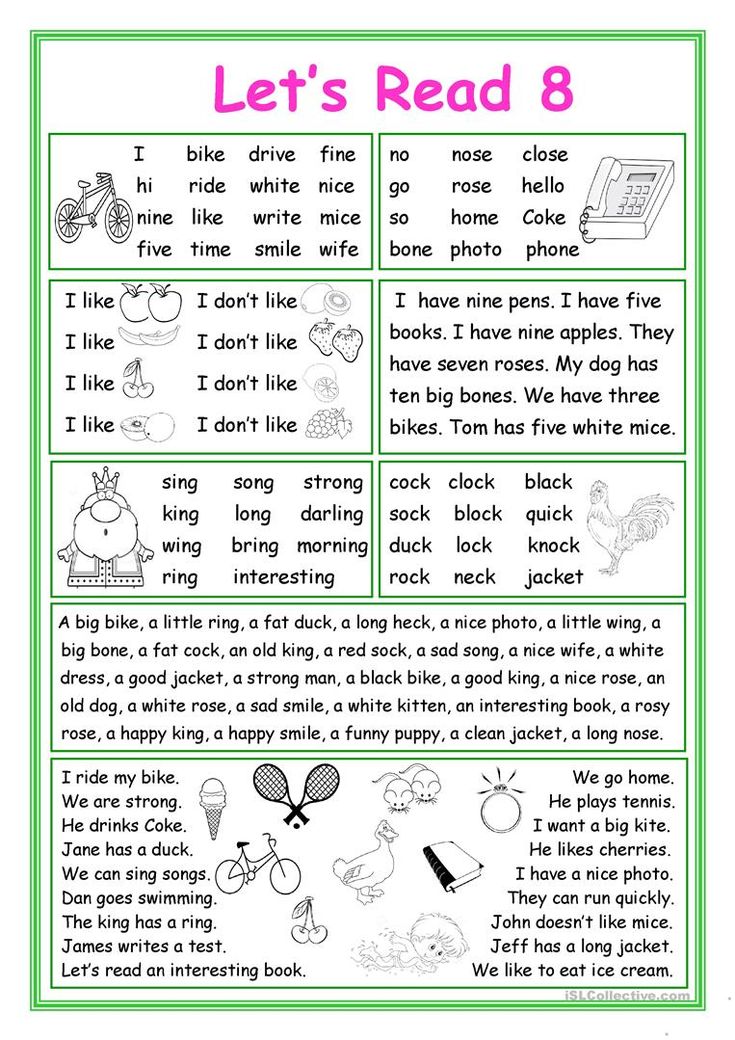 It is very difficult at the initial stages of learning English to hear difference between a vowel and a diphthong derived from it.
It is very difficult at the initial stages of learning English to hear difference between a vowel and a diphthong derived from it.
Thus, the main the provisions of the articular method in teaching English are reduced to following:
-- Requires input phonetic course for the correct setting of sounds.
-- Every sound needs to be carefully worked out separately.
-- To be studied the work of the organs of articulation to ensure the purity of the pronunciation of each sound.
-- Shaping pronunciation and auditory skills must be done separately.
Acoustic approach
In this case, the accent is put not on the assimilation of articulation, but on the perception of speech by ear, its imitation. Assimilation of speech takes place in the speech flow, based on repetition and imitation speech structures. This method is very good and justified in conditions of need. quickly learn a foreign language, immerse yourself in the conversational environment and survive in the country the language being studied.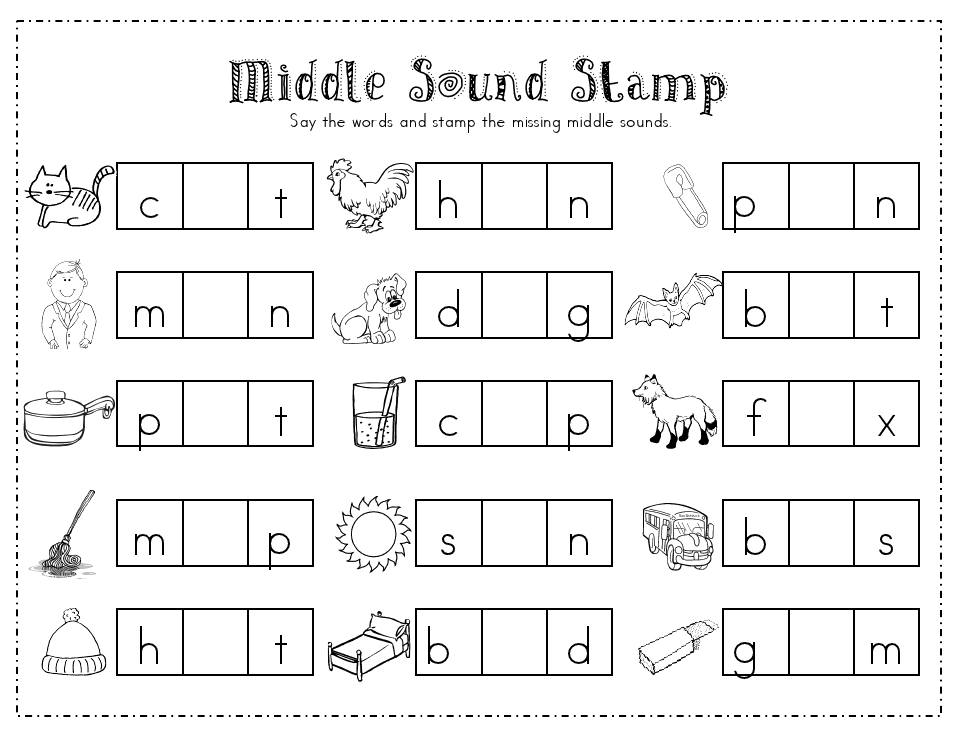
This approach is pure form is not particularly good for a comprehensive school, since not all children have naturally good phonetic hearing. It is quite simple to explain or show in order to correct a mistake in those children who made it because of undeveloped speech hearing. Therefore, the most effective today in teaching English in schools is an approach based on a combination the approaches discussed above, or a differentiated approach.
Differentiated approach
In this approach, as in acoustic approach, much attention is paid to listening to authentic speech. This is supplemented by an explanation of the ways of articulating sounds, however, unlike articulatory approach, this happens without the use of terms, more in an accessible and understandable way. Since this method is typical for most schools and other educational institutions, consider the features the formation of phonetic skills at various stages of learning on his example.
Initial learning is necessary to build the foundation of good pronunciation, which involves correct intonation, observance of pauses, knowledge of the features word stress in a sentence and correct articulation. It is necessary for normal the functioning of students' oral speech. Mistakes in pronunciation interfere the implementation of the main goal of the language - communication, i.e. mutual understanding.
It is necessary for normal the functioning of students' oral speech. Mistakes in pronunciation interfere the implementation of the main goal of the language - communication, i.e. mutual understanding.
For mastery the phonetic basis of a foreign language, it is necessary, first of all, to learn articulation pattern characteristic of native speakers of this language, that is, the position organs of speech at the time of the absence of articulatory movements.
teacher with help special exercises should ensure that the articulation pattern foreign language eventually became familiar to students, and they could even not to notice the moment of restructuring from one articulation mode to another.
Practice in speech communication reflects the degree of phonetic skills as integral components of oral speech.
Phonetic control skills are carried out when performing speech exercises in reading, listening, speaking and writing.
Form of control may become phonetic competitions for reading poems, playing short dialogues, tongue twisters and even phonetic exercises.
The purpose of phonetic charging:
- anticipation and removal of possible phonetic difficulties: auditory, pronunciation, rhythmic-intonation;
- practicing phonetic skills that were not enough formed.
The content of phonetic charging can be:
- reading words, sentences, microtexts, poems, proverbs, patter.
- reading complex parts of sentences, phrases from the beginning or from end.
- listening for errors.
- dialect recognition.
- definition of attitude towards someone or something by intonation.
- pronouncing the same phrase with different intonation.
- repetition after the announcer in pauses.
- repetition synchronously with the announcer.
- recognition of words by ear.
- recitation of verses, dramatization of dialogues.
At the initial stage, work with phonetics goes on continuously. students constantly listen to the sample speech of the teacher or speaker, repeat the samples, get used to intonation clichés.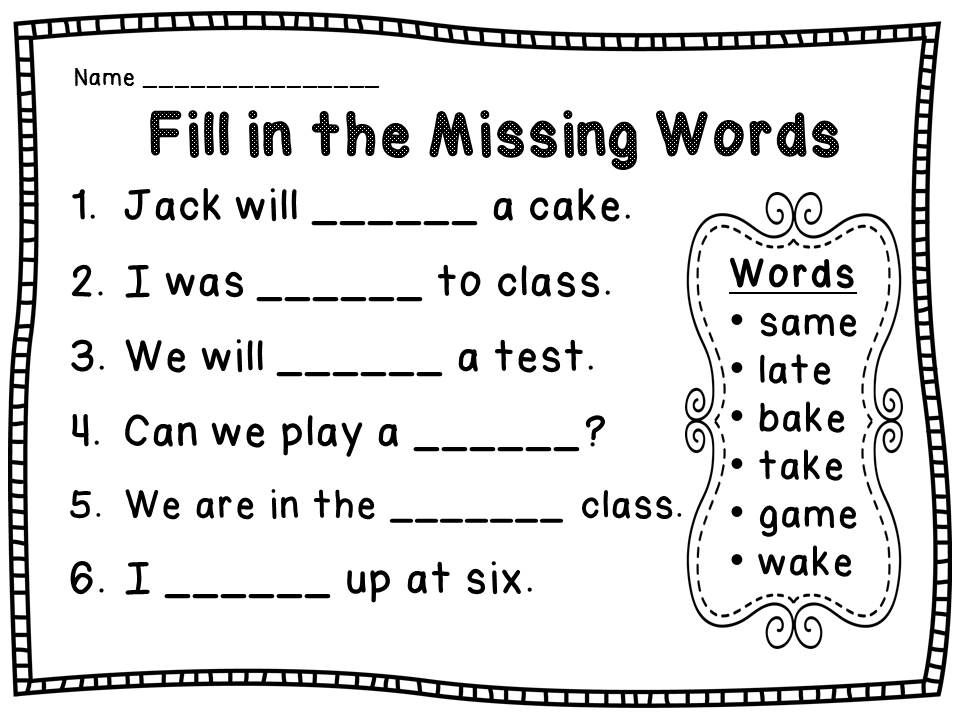 Therefore, on the one hand, teaching phonetics on the initial stage is easier than the middle stage. Because in the middle the volume of reading to oneself increases, small passages should be read regularly texts aloud, and if necessary, work out the most complex and important phonetic phenomena at the pre-textual stage, paying attention to rhythmic intonation patterns.
Therefore, on the one hand, teaching phonetics on the initial stage is easier than the middle stage. Because in the middle the volume of reading to oneself increases, small passages should be read regularly texts aloud, and if necessary, work out the most complex and important phonetic phenomena at the pre-textual stage, paying attention to rhythmic intonation patterns.
Primary school provides basic knowledge, skills and abilities in all school disciplines, including foreign language. Scientists- linguists, methodologists agree that teaching phonetic skills in the initial stage should be given a special role. Knowledge and implementation of goals and tasks of state standards in the subject "English language", programs, which the teacher works, allow you to create an individual trajectory development of the language personality of the child. The teacher has the right to choose approaches to teaching phonetics skills.
When teaching phonetics it is considered appropriate to use technical means.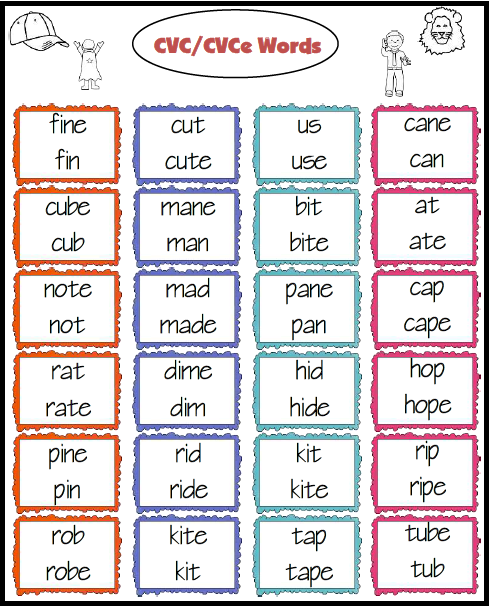 They give students sample for good pronunciation. Students try to imitate this pattern. speech and strive for it.
They give students sample for good pronunciation. Students try to imitate this pattern. speech and strive for it.
Hearing-pronunciation control skills are carried out when performing speech exercises in listening, in reading or speaking. And only in this case it is possible to objectively judge the the degree of practical knowledge of the phonetic side of foreign speech.
Literature
Anufriev A.F., Kostromina S.N. How to overcome difficulties in teaching children // Psychodiagnostic tables. Psychodiagnostic methods. - M.: Publishing house "Os-89", 2000. ¬¬- 272 p.
Watson E.R. Practical phonetics of English language. - M.: MIOO, 2009.- 56 p.
Galskova N.D., Gez N.I. learning theory foreign languages // Linguodidactics and methodology: Textbook for students. Lingu. Un-tov and facts. Foreign language of higher educational institutions. - M.: Publishing Center "Academy", 2004. - 336 p.
Oparina E.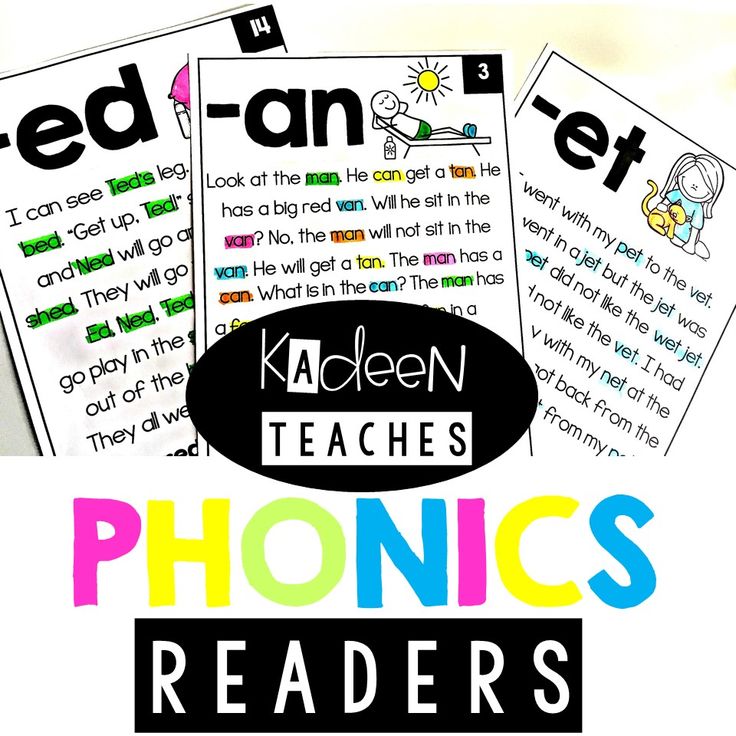 A. Methods of teaching foreign languages in diagrams and tables: Lecture notes / E.A. Oparina; Ryaz.state.ped. un-t im. S.A. Yesenin. – Ryazan, 2005.
A. Methods of teaching foreign languages in diagrams and tables: Lecture notes / E.A. Oparina; Ryaz.state.ped. un-t im. S.A. Yesenin. – Ryazan, 2005.
Solovova E.N. Methods of teaching foreign languages: Basic course of lectures: A guide for students of pedagogical universities and teachers / E.N. Solovova. -M.: Prosveshchenie, 2002 education as one of the priority areas considered learning pronunciation.
Learning pronunciation is important since its effectiveness is largely success in mastering oral speech is determined. It is known that large deviations from the norms pronunciation leads to misunderstanding interlocutor, cause violations of the process oral exchange of ideas. One of the most important conditions of communication is the development listening skills, that is the ability to correctly associate the audible sound with its corresponding meaning and produce sounds that match certain values.
Phonetics deals with sound material human speech.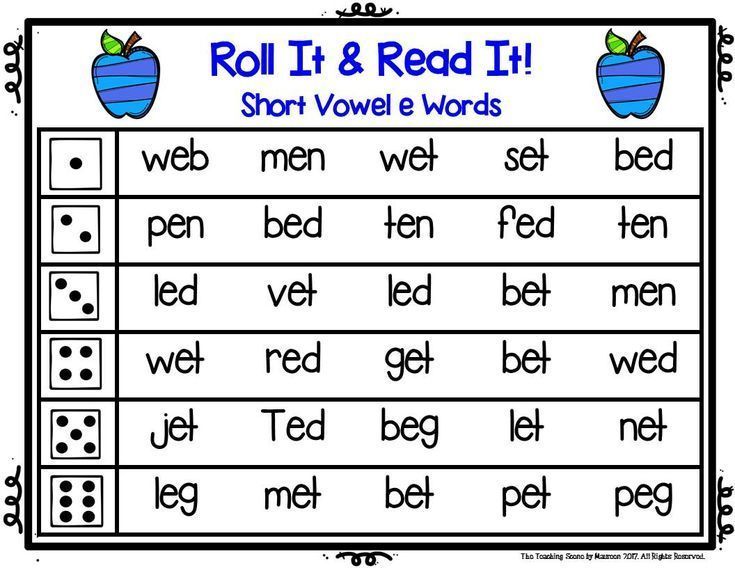 Phonetics studies sound composition, sound structure and sound changes in language and patterns of these changes (Greek phone voice, Greek phonotice - pertaining to the voice, to sounds).
Phonetics studies sound composition, sound structure and sound changes in language and patterns of these changes (Greek phone voice, Greek phonotice - pertaining to the voice, to sounds).
Phonetics, as a department of linguistics, studies speech sounds that humans make and audible to humans. In the sound composition of each language, phonemes are distinguished - basic units sound system - and their varieties. Phonetics studies both.
Analysis of domestic and foreign methodological literature shows that when there are two approaches to teaching pronunciation:
1) imitative;
2) analytical and imitative.
The process of developing pronunciation skills goes through several stages.
- Perception - creating the right sound (auditory) image.
- Differentiation - comprehension, distinction signs of sound.
- Imitation - fixing speech motor images of a speech unit.
- Isolated reproduction - fixing articulation based on usage pronunciation phenomenon.
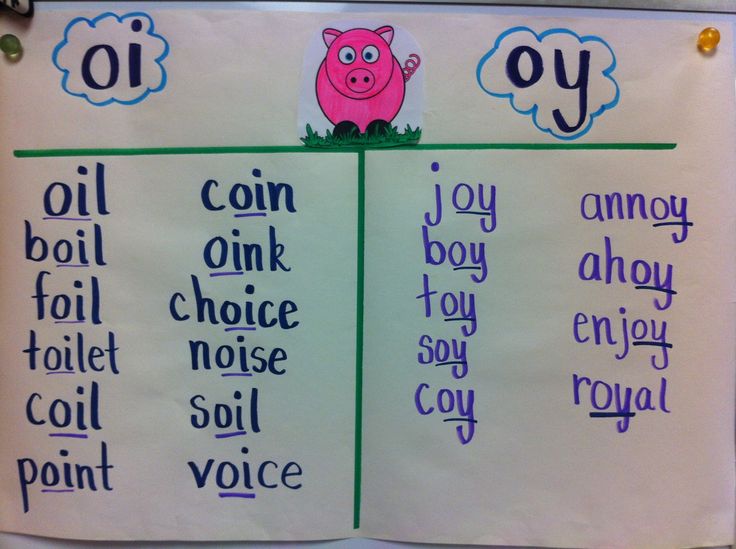
- Combination - switching attention from one phonetic phenomenon
Sound matter is the primary element of speech, and auditory-pronunciation skills are the basis all types of speech activity. Poet work over the pronunciation of students begins with the first lessons of the initial stage, and are distributed further for the entire school course foreign language.
At the initial stage, the formation hearing and pronunciation base; on subsequent stages, it must be strengthened, that is, each stage has its own responsible task in relation to pronunciation learning. And here you have to keep in mind the following: if at the initial stage there will be something missed and there will be wrong pronunciation habits, then correct them in consequences are very difficult.
Consider the features of the formation phonetic skills at the initial stage learning.
One of the most important ways to get acquainted with a phonetic phenomenon at the initial stage is a visual display, several exaggerated demonstration of its features in sound text.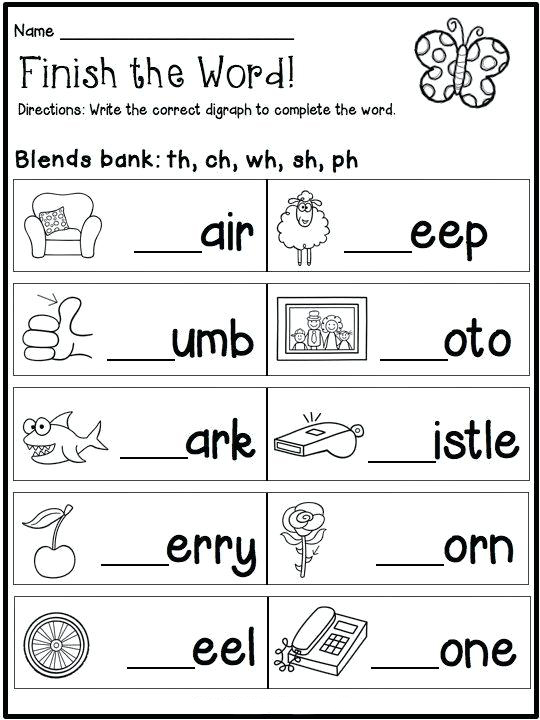 Subsequence presentation of phonetic material is dictated his needs for communication. Therefore, from the first steps sometimes you have to introduce sounds that are the most difficult, unparalleled in native language.
Subsequence presentation of phonetic material is dictated his needs for communication. Therefore, from the first steps sometimes you have to introduce sounds that are the most difficult, unparalleled in native language.
Justified itself in teaching pronunciation analytical-imitative method, in which sounds, subject to special processing are singled out from a coherent whole and are explained on the basis of articulation rule; it's analytical part of work. Then these sounds are included again in a whole that is organized gradually: syllables, words, phrases, phrases, and spoken students following the sample are imitated. Articulation rules are approximate (close to correct) character. These are actually rules-instructions, that tell students which organs of speech (lips, tongue) take part in pronunciation sound. For example, to pronounce English sound [w], you need to round your lips and a few push forward, pronouncing the Russian "u".
When learning about phonetic phenomena explanation must necessarily be interspersed with demonstration of standards that students hear from a teacher or in a recording to create conditions under which students seem to “bathe” in sounds at the moment when they are explained to them articulation. followed by intense pronunciation training for students again, it is based on standards. The workout includes two types of exercises: active listening to the sample and conscious imitation. Active listening (“listening”) guaranteed by preliminary tasks, helping to draw attention to sound quality, intotones; it stimulates extracting a specific sound from the stream of words, to be digested. By raising your hand or the student shows the signal card to the teacher, How did he recognize the sound? Simple imitation without awareness features of a foreign sound is considered not effective enough because students tend to perceive foreign sounds through the prism of the pronunciation base of the native language.
followed by intense pronunciation training for students again, it is based on standards. The workout includes two types of exercises: active listening to the sample and conscious imitation. Active listening (“listening”) guaranteed by preliminary tasks, helping to draw attention to sound quality, intotones; it stimulates extracting a specific sound from the stream of words, to be digested. By raising your hand or the student shows the signal card to the teacher, How did he recognize the sound? Simple imitation without awareness features of a foreign sound is considered not effective enough because students tend to perceive foreign sounds through the prism of the pronunciation base of the native language.
Improving the quality of conscious simulation encourages teacher guidance. Wherein should teach students certain symbolism gestures so they can “read” them. Longitude represented by a horizontal movement of the hand, brevity - fast arcuate. Especially conducting is important when teaching intonation: stress is demonstrated by a vigorous stroke hands from top to bottom, the rise in tone corresponds to smooth movement of the hand up, its decrease - way down.
Conducting a teacher is an important visual a support for learners in their infancy auditory-pronunciation and rhythmic-intonation skills.
Let us take as an example the exercises in imitations; awareness of the simulation is guaranteed pointing out what you need to pay attention to:
- Say sounds after me, turning attention to longitude (shortness).
- Say the words paying attention to accent.
- Say sentences paying attention to melody.
- Say sentences paying attention to pauses.
The subject of training exercises are, as we see, the sounds and sound combinations placed into ever larger units: from the syllable through word - to the phrase and to the text. Work on pronunciation goes from hearing the text spoken by the teacher to the text, created by students.
Also at the initial stage, in a peculiar way use the following methods: phonetic charging; phonetic practice aspects of the new lexico-grammatical material; work on pronunciation by reading aloud.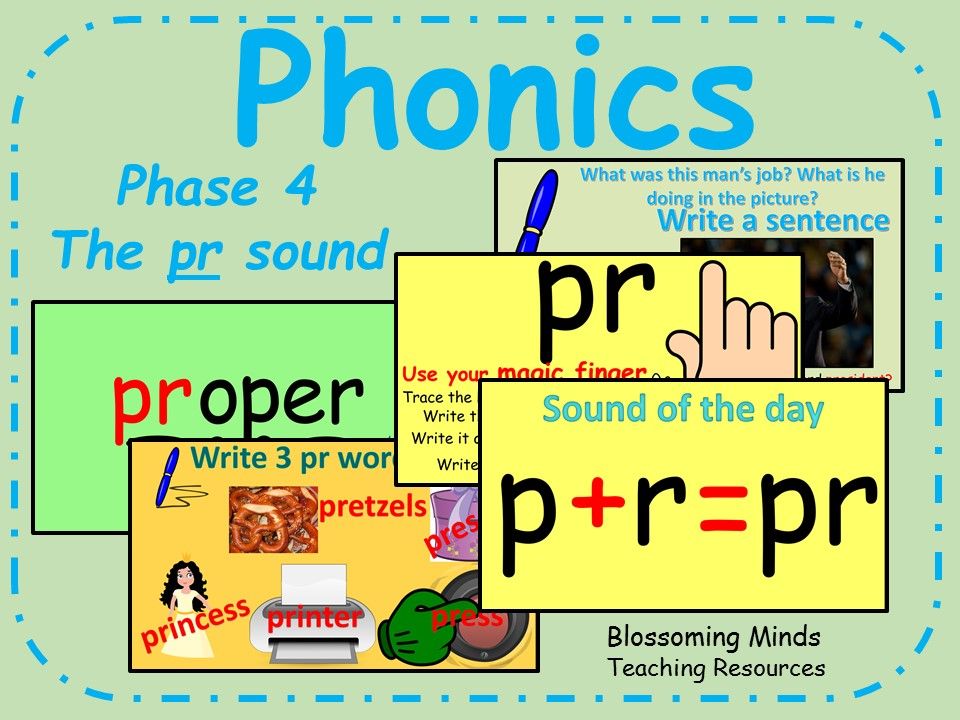
Phonetic charging is also the main way of forming pronunciation skills and is a special training an exercise in pronunciation prevents phonetic forgetting material and prevents deautomatization skills. Should not be associated with phonetic charging multiple targets, as is often the case on practice, when the teacher includes in phonetic exercise for repetition of grammar and lexical phenomena. Student attention dissipates, and this affects the thoroughness practicing the phonetic side. Of course lexico-grammatical material anyway included in phonetic charging, but should only be emphasized its phonetic aspect. For example: "Repeat basic forms of strong conjugation verbs, paying attention to the quality of the root vowel” or “Let's repeat the words meaning profession, paying attention to the stress in them” and so on.
Phonetic charging material can be individual sounds, sound combinations, words, sentences and short texts containing phonetic phenomena that need constant "inventory". Usually phonetic charging built graduated: from smaller units (own subject of training) to more large, where these units appear in various combinations. For example, in English language: [w] - what, water, wind, why, and then rhyme: Why do you cry Willy why?
Usually phonetic charging built graduated: from smaller units (own subject of training) to more large, where these units appear in various combinations. For example, in English language: [w] - what, water, wind, why, and then rhyme: Why do you cry Willy why?
Finding out the location is important phonetic exercises in class. She often performed at the beginning of the lesson, introducing students to its atmosphere, neutralizing the influence of the sound environment on native language. It is possible, however, that it just before oral exercises speech or reading as a phonetic exercises that cause "vigilance" to pronunciation of vocabulary units, which are then will be used in speech. Phonetic charging may precede reading, then it takes place on the material of the text for reading, from which distinguishes phonetic difficulties, grouped accordingly and are then offered to students for conscious imitations. Improving pronunciation skills also occurs in connection with work on new vocabulary and grammar. Introducing students to new lexico-grammatical phenomena, it is impossible lose sight of what they contain. pronunciation difficulties. As a result, any portion of words and grammatical phenomena can become reason to improve pronunciation advanced ethane skills. It is important to emphasize while the following: the teacher should not again explain articulatory and rhythmic-intonation rules, the main thing is encourage students to remember the rules and summing up a new language unit under it. Another advantage of this approach is that it involves the assimilation of new things in close connection with old, constant updating of everything learned material.
Introducing students to new lexico-grammatical phenomena, it is impossible lose sight of what they contain. pronunciation difficulties. As a result, any portion of words and grammatical phenomena can become reason to improve pronunciation advanced ethane skills. It is important to emphasize while the following: the teacher should not again explain articulatory and rhythmic-intonation rules, the main thing is encourage students to remember the rules and summing up a new language unit under it. Another advantage of this approach is that it involves the assimilation of new things in close connection with old, constant updating of everything learned material.
Early reading aloud work also makes it possible to strengthen the phonetic base of students. However, one should not call students to read aloud without phonetic exercises; analytical simulation stage required.
Work on the formation of phonetic skills students at the initial stage of education allowed we can conclude that the formation process phonetic skills will proceed more successfully, if the methods of formation are chosen correctly phonetic skills; age characteristics of children; the algorithm is observed formation of phonetic skills.

